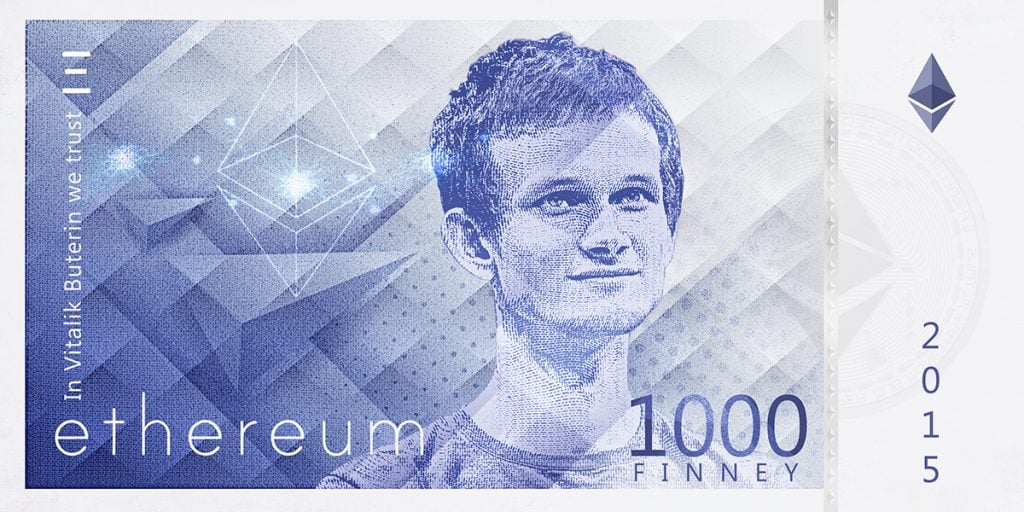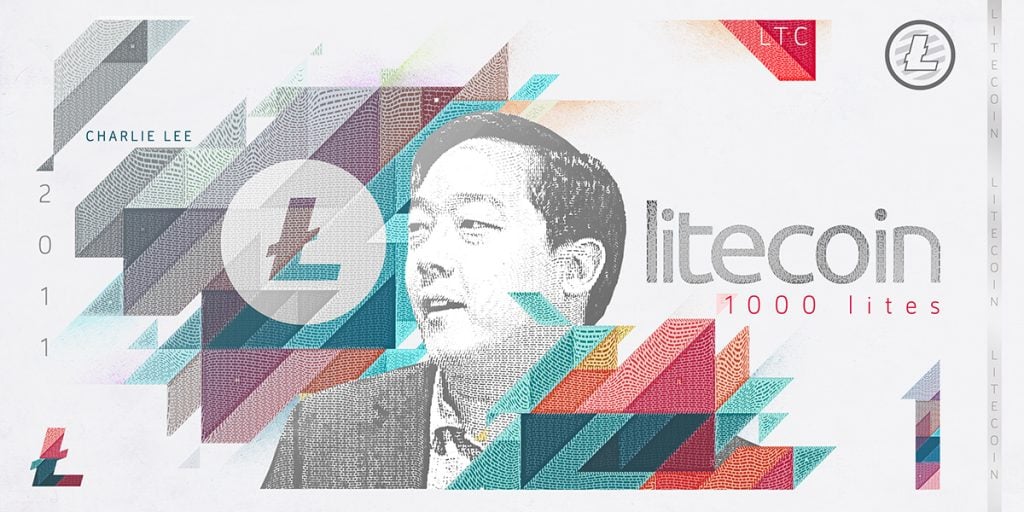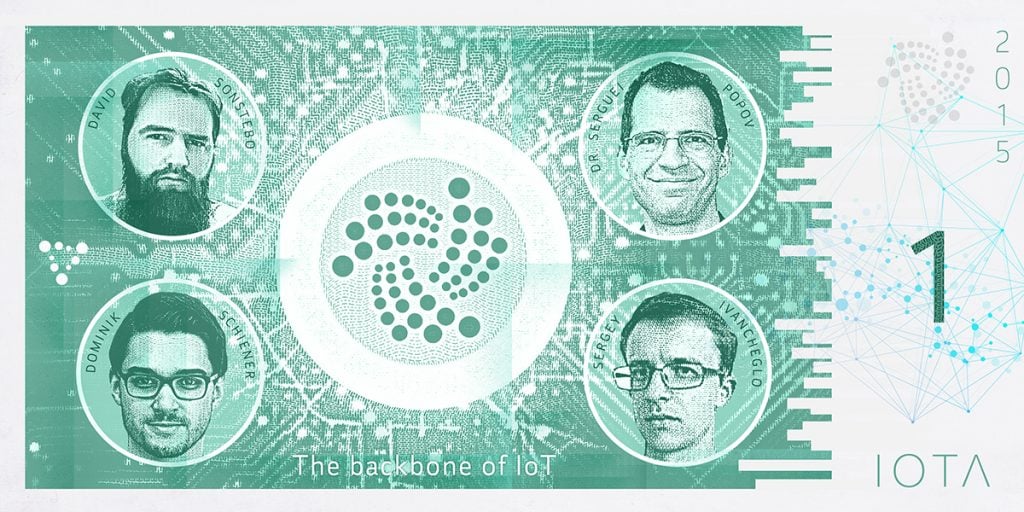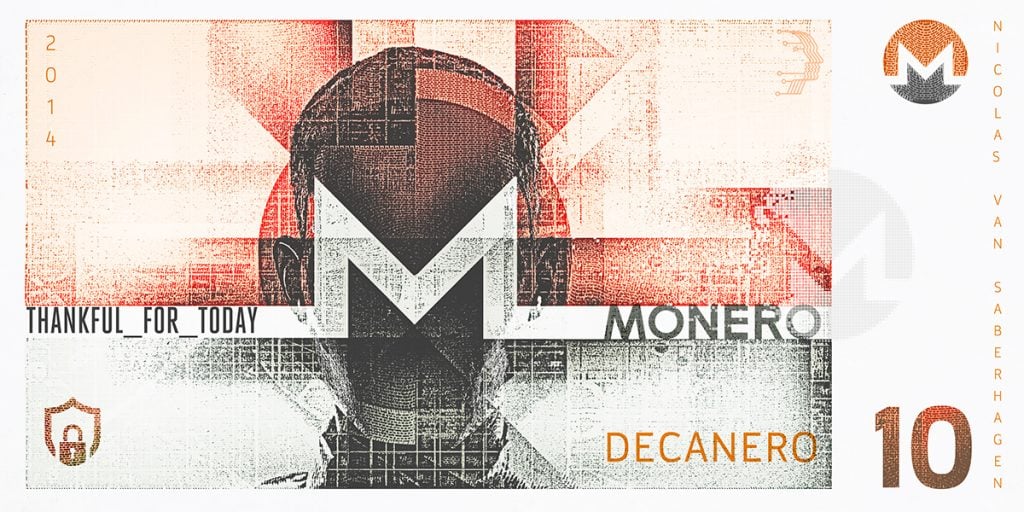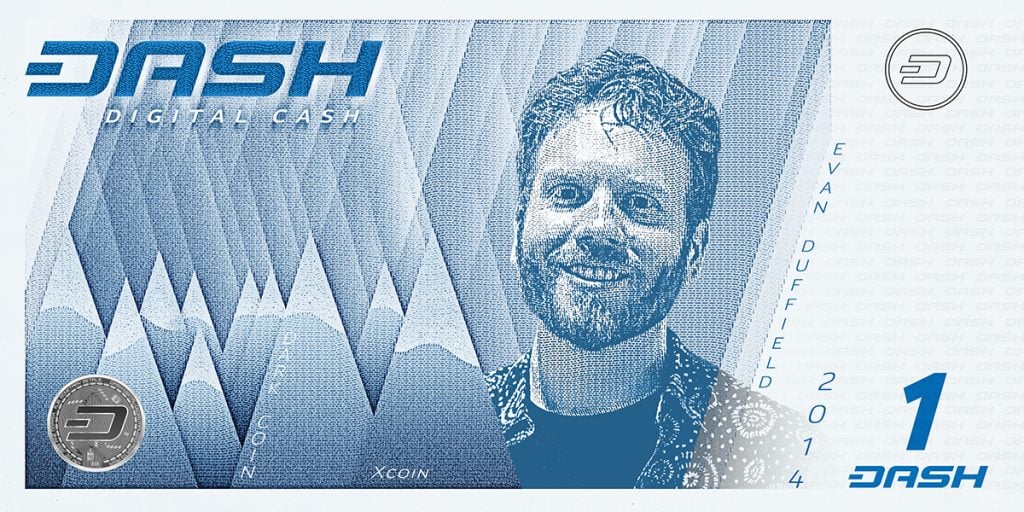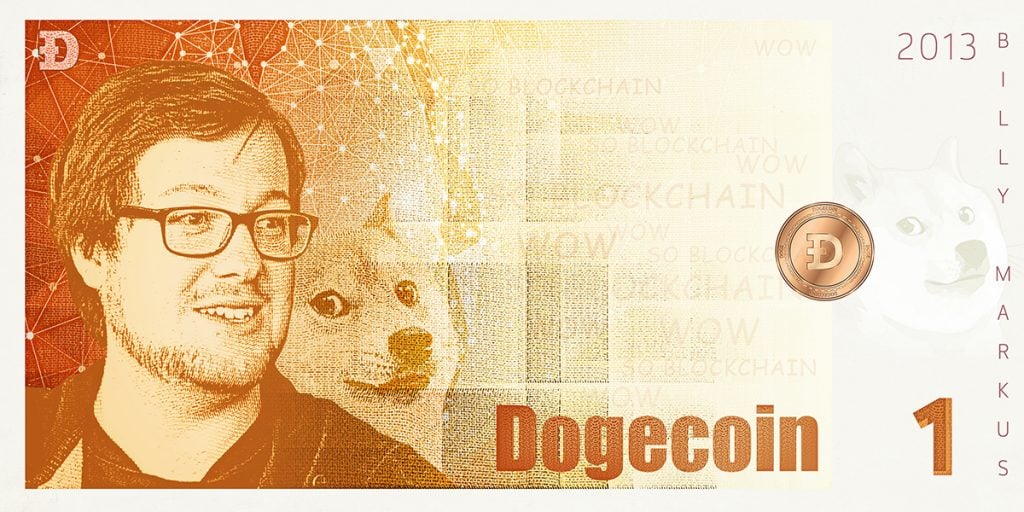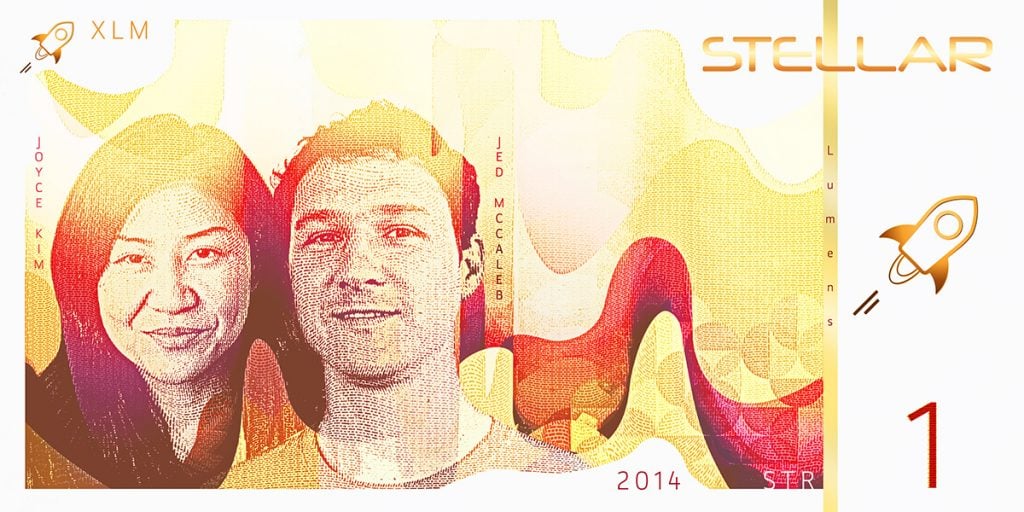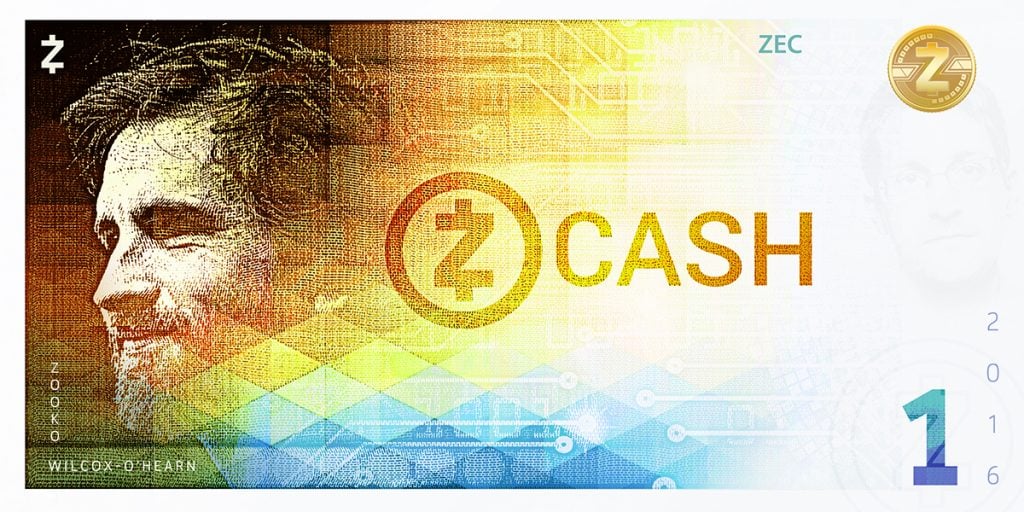It’s getting harder and harder to ignore the world of cryptocurrencies as they start to have a real impact on the fintech community and the wider world. That’s only likely to increase, so there’s no excuse for not knowing enough about them to see how they might apply to you and your business.
Q2 hedge fund letters, conference, scoops etc
However, cryptocurrencies can often seem like a closed-off world of its own, a community built and run by the tech-minded, full of memes, jargon and a sense of exclusivity that can be off-putting to newcomers. There’s can also be a lot of complexity in how they actually work for those of us used to money that can be held in our hands.
Cryptocurrencies Mocked As Real Bank Notes
To help explain how they work and where they came from, 99bitcoins has taken the top 10 cryptocurrencies and mocked up what their real bank notes would look like So have a look, learn some more and see which ones might be the most useful for you to try using in the future:
Bitcoin
Most people could say that they’ve heard of Bitcoin even if they couldn’t explain exactly what it is or how it works. So this bank note might help you visualize what it would be like to have some Bitcoin to put in your wallet, as well as learning a little about its history. Bitcoin was created in 2009 by somebody (or somebodies) going by the name of Satoshi Nakamoto, who invented blockchain technology, which is where a network of people agree on the state of a ledger rather than having someone appointed to do so. You can ‘mine’ Bitcoin by solving mathematical puzzles.
Ethereum
Russian-born wonderkid Vitalik Buterin created Ethereum when barely out of his teens in 2015, so his incredibly young face features on this bank note mock-up, making clear that this is not your usual currency (no Queen or 18th Century scientists on this note). Ethereum allows for custom software to be stored and run on its blockchain, and these are are Dapps and it’s most often used for ICOs - these are ‘initial coin offerings’ that raise money for start-ups without going through the usual channels of venture capital.
Ripple
You’ll see Jed McCaleb again later in this feature, but he first came onto the scene as the co-founder of Ripple, along with Chris Larsen. They set it up to be a revolutionary payment system that could work with traditional banks to help them run transactions in a manner more common with cryptocurrencies. They called it ‘http for money’ as it was aimed to allow people to build on it with their own software without needing a license. McCaleb was CTO until 2013 when he left to form another cryptocurrency.
Litecoin
Charlie Lee spent a decade working for Google, helping to develop its Chrome browser before leaving to start his own business. That was Litecoin, which was designed to offer a ‘lite’ version of Bitcoin - hence the name. It’s aimed at complementing rather than competing with Bitcoin, focusing on the smaller end of the transactions scale. Today, Lee is the chairman and managing director of Litecoin, though he had to sell all of his holdings after being accused of having a conflict of interests and is expected to step away from the project soon.
IOTA
You’ll have heard of the Internet of Things, but did you know that there is a cryptocurrency aimed at managing its transactions? That’s what IOTA is, set up in 2015 by David Sonstebo, Sergey Ivancheglo, Dominik Schiener and Dr. Serguei Popov. It’s run using something called ‘The Tangle’, which completely transactions using quick computations rather than the more usual blockchain system.
Monero
From a bank note with four faces on to one with just one shadowy figure, welcome to the world of Monero. Created by a programmer known first only as ‘thankful_for_today’ and now by a pseudonym of Nicolas van Saberhagen, it’s all about anonymity and privacy, making it impossible for anyone outside of a transaction to see any of the details involved. This is done via ‘ring signatures’ that jumble the account keys together with public account keys to create a ring of identities with no way of knowing who was actually making or receiving the payment.
Dash
Evan Duffield created Dash in 2014 and it’s been known as Xcoin and Dark Coin in its time. Like Monero, it works hard to ensure anonymity for its users and also prides itself on transaction speed. It started out as a fork of Litecoin before attaching itself to Bitcoin instead and is run as a decentralized autonomous organization with all new proposals voted on by a global network. So far it has funded a number of initiatives in the worlds of education and legal cannabis.
Dogecoin
Combining the worlds of cryptocurrencies and internet memes, Dogecoin aims to be the most accessible for non-experts by focusing on a more light-hearted and social approach. That’s best summed up by being named after that famous meme of the Shiba Inus ‘doge’, which was chosen as a mascot by founders Billy Markus and Jackson Palmer in 2013. One of its main uses is to ‘tip’ social media users.
Stellar
Remember Jed McCaleb? Here is he again with his current venture, Stellar, which he set up in 2014 with Joyce Kim. Stellar is aimed at enabling cross-border transactions and focuses on the non-profit market, particularly through the spin-off Lightyear project, which has worked largely in developing countries and has even been used by IBM in the South Pacific. McCaleb, meanwhile, still apparently owns around $20 billion worth of Ripple tokens.
Zcash
Named after founder Zooko Wilcox-O’Hearn, Zcash is another cryptocurrency that dedicates itself to anonymity, allowing users to choose whether they want their transaction to be ‘transparent’ (ie, published on blockchain as usual) or extra private so that the people involved and the transaction amount are kept away from public eyes. It’s so anonymous that even Edward Snowden says he uses Zcash.



